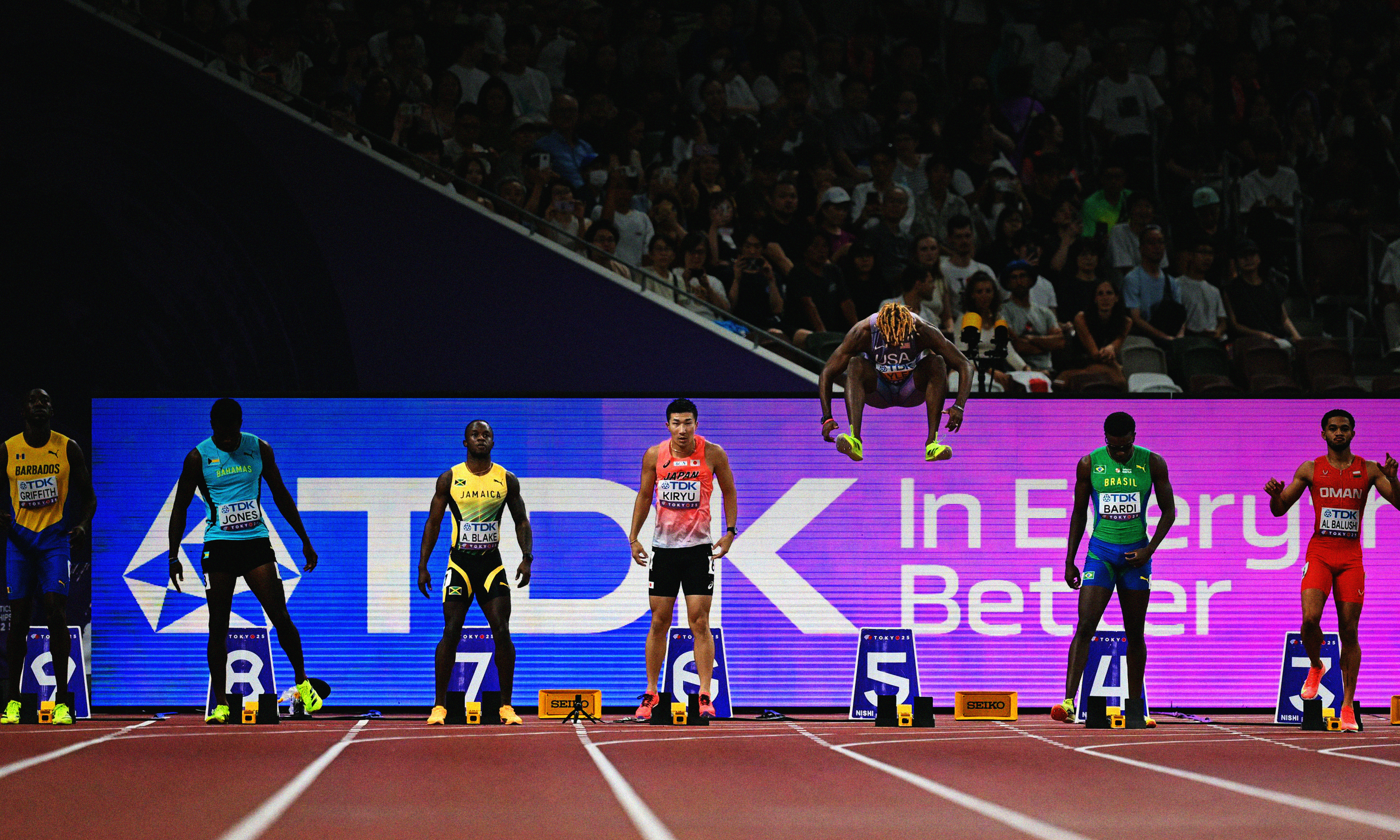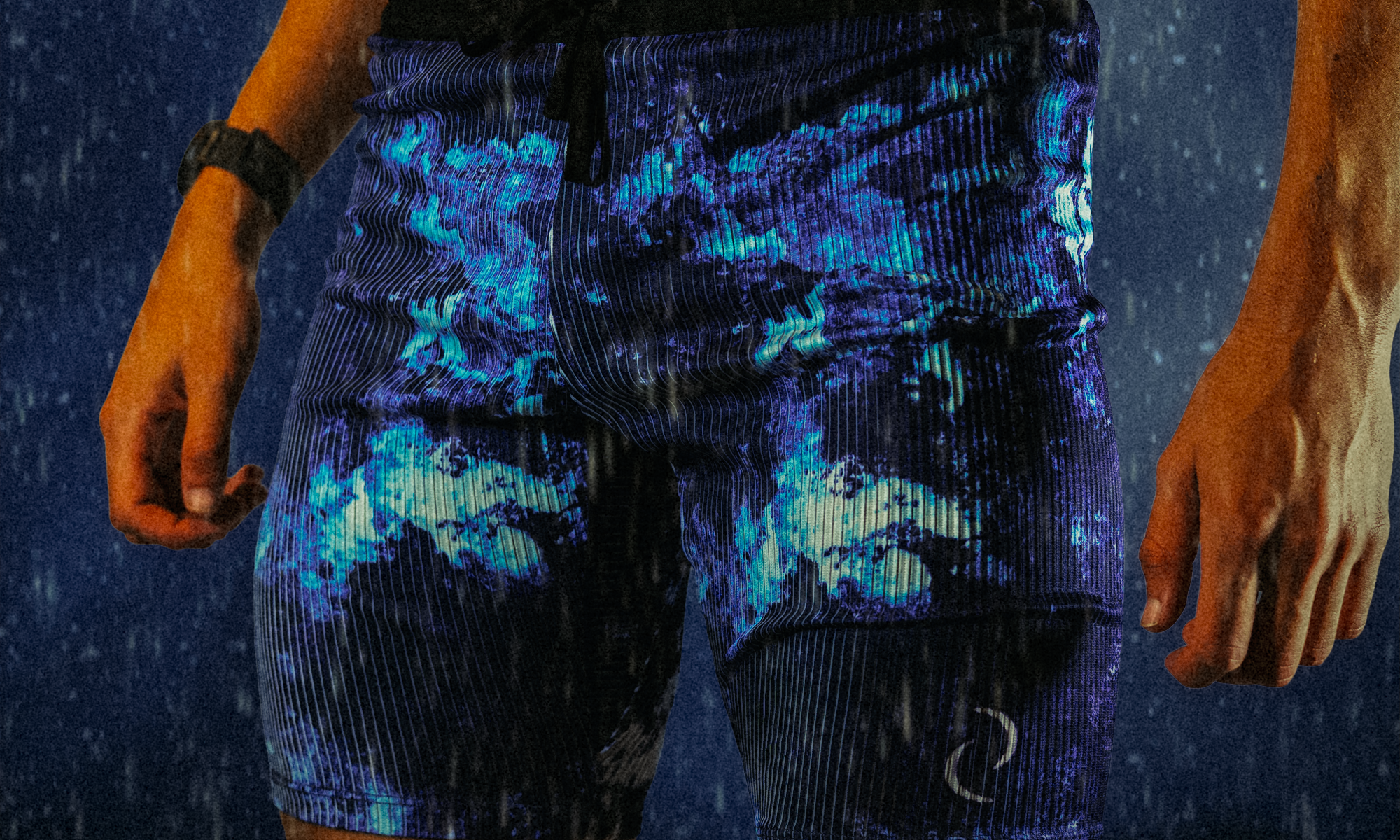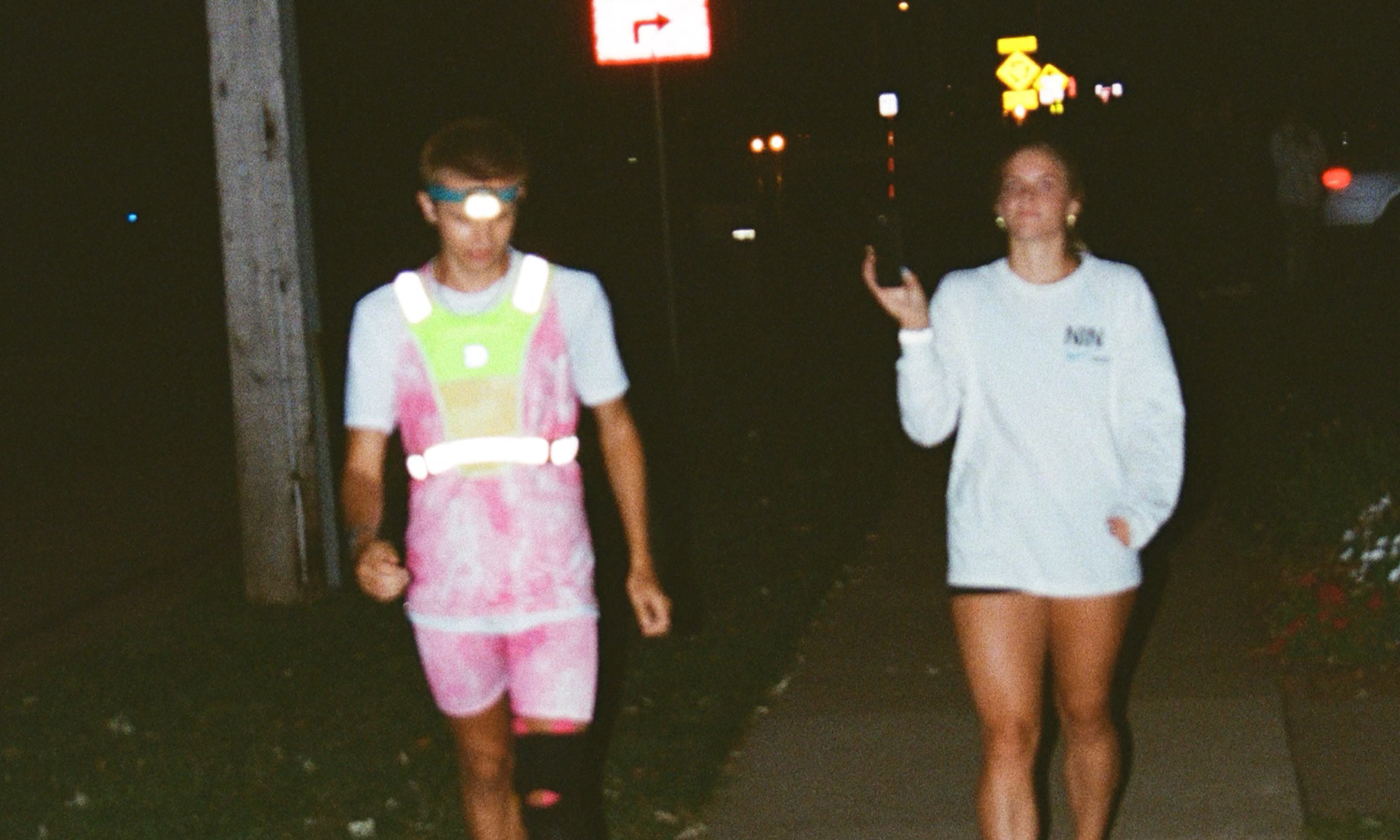What to Look for in Quality Running Shorts
Picking the right running shorts can make or break a session. If you have ever cut a run short because of chafing, clingy fabric, or a waistband that will not stay put, you already know why this choice matters. In 2025 there are more options than ever, yet not every pair earns its keep. The best shorts move like a second skin, keep you cool, and disappear from your mind so you can focus on pace and form.
Whether you are training for a marathon, jogging for recovery, or hitting intervals on the track, your shorts should support your stride, manage sweat, and stay comfortable from warmup to cooldown. Below is a clear guide to the features that separate great shorts from forgettable ones, so you can match your pick to your goals, terrain, and climate.
The Importance of the Right Running Shorts
How Shorts Impact Your Performance
Good shorts reduce friction, control moisture, and let your hips and knees move freely. That translates to fewer hot spots, less mid-run fidgeting, and more consistent rhythm. Thoughtful designs can also dampen muscle vibration slightly in fitted styles, which may delay fatigue on longer efforts. When gear works with your stride, focus improves and pacing gets easier to hold.
Common Issues with Low-Quality Shorts
Cheap or poorly designed shorts often bring the same headaches: waistbands that roll or pinch, fabric that traps heat and sticks to the skin, seams that rub, and storage that is either missing or too bouncy to trust. Over a long run those small annoyances add up. The fix starts with choosing better materials and construction from the start.
Fabric Matters: Choosing the Right Material
Breathability and Moisture-Wicking
Look for technical blends that pull sweat off the skin and dry fast. Polyester blends are light and breathable, nylon adds toughness and a smooth hand, and a touch of spandex (elastane) provides stretch. Mesh panels or laser perforations in high-heat zones improve airflow and help prevent clammy cling during hard efforts.
Durability vs. Weight
Featherweight fabric feels great until it bags out or pills. The sweet spot is a light weave that holds its shape through many washes. Ripstop patterns and high-denier yarns in stress zones boost life without adding much bulk. Antimicrobial finishes can help control odor and reduce laundry frequency.
Best Fabrics for Different Climates
In heat and humidity, prioritize ultra-breathable weaves and minimal layers. In cooler weather, slightly denser fabric or a supportive liner helps hold warmth around working muscles. Coastal or wet climates benefit from quick-dry fibers that do not stay soggy after a downpour or sweat-heavy tempo.
Fit & Cut: Finding the Perfect Style
Split Shorts vs. Half Tights vs. 2-in-1 Shorts
Split shorts favor racing and speedwork with maximum range of motion and minimal coverage. Half tights offer a close fit that reduces bounce and chafe, making them strong for long runs, track reps, and trails. Two-in-one designs pair a fitted inner short with a looser shell for modesty and support in one piece. Choose based on distance, terrain, and comfort preference.
Length Considerations (Short, Medium, Long)
A 3-inch inseam is airy and fast but may feel too brief for everyday training. Five inches strikes a balance for most runners, while seven inches and longer add coverage and are popular for trails or gym crossover. The goal is full mobility without ride-up or restriction.
Gender-Specific Fits and Preferences
Men’s and women’s cuts differ in rise, hip shape, and liner design. Some brands also offer gender-neutral compression options. Whatever you choose, the fit should sit clean at the waist, move freely at the hips, and avoid bunching through the thigh.
Waistband Comfort & Adjustability
Types of Waistbands (Elastic, Drawstring, Hybrid)
Elastic-only bands are light and simple but can migrate under effort. Drawstrings add tuneable security. Hybrid bands combine soft elastic with an internal cord for the best of both: flexibility plus a locked-in feel. Seek a smooth, brushed interior that lies flat.
Chafing and Irritation Factors
Comfort comes from soft-touch materials, flat seams, and even pressure distribution. Wide bands help prevent digging, while moisture-wicking liners keep sweat from pooling and irritating the skin.
How a Good Waistband Improves Focus
When your waistband stays put, you stop thinking about it. That steadiness removes a recurring distraction and makes it easier to hold pace, breathe well, and focus on mechanics.
Pockets & Storage Functionality
Types of Pockets (Zippered, Drop-In, Internal)
Zippered pockets secure keys and cards. Drop-in sleeves at the rear or sides provide quick access to gels. Slim internal waistband pockets stash small items with almost no movement. The smartest layouts mix these options without adding bulk.
Storage for Gels, Keys, Phone, and Essentials
Quality shorts carry the essentials with minimal bounce: one or two gels, a key or keycard, and an ID. Compression styles may fit a small phone in a thigh or back pocket. If the storage jiggles, you will notice; if it is snug, you can forget it is there.
Balance Between Storage and Bulk
More pockets are not always better. Reinforced seams, tight openings, and strategic placement keep weight low and items stable so form and cadence remain smooth.
Liner or No Liner? Pros and Cons
Built-in Liners for Support and Chafe Reduction
Integrated liners replace underwear, improving breathability and reducing seams against the skin. Premium liners feel soft, wick well, and provide gentle support that holds up during surges and long efforts.
Removable or Compression Layer Options
Removable liners and two-in-one designs let you tailor support. Compression inners add stability and modesty under a light shell. If you prefer a specific base layer, linerless shorts give you the freedom to pair your favorite under-short.
When to Choose Linerless Shorts
Pick linerless if you want maximum customization, if you run hot and prefer fewer layers, or if you plan to use the shorts for mixed training where different base layers make more sense.
Seam Construction & Anti-Chafe Design
Flatlock Seams vs. Standard Stitching
Flatlock seams lie smooth against the skin and flex with movement, which helps prevent rubbing. Traditional raised seams can scratch and irritate during humidity, heat, or longer distances.
Seam Placement and Strategic Reinforcement
Great shorts move seams away from high-friction zones like the inner thigh and lower glutes. Stress points at pocket edges and split hems should be reinforced to prevent blowouts without getting bulky.
Key Signs of Poor Seam Design
Watch for raised stitching you can feel, seams that land exactly where your legs rub, and threads that fray early. If shorts feel rough on day one, they will only feel worse later.
Style & Aesthetic Appeal
Minimalist vs. Bold Designs
Neutral, minimalist looks pair with any top and never go out of style. Bold prints and colors bring personality to race day and make you easy to spot. The best options deliver performance first, with clean design as a bonus.
Matching Shorts with Tops and Shoes
For easy outfits, choose solid black, navy, gray, or olive with subtle branding. If you like loud kits, anchor them with a simple top or keep the palette cohesive so the whole look feels intentional.
Function Over Fashion, Or Both?
You do not have to choose. Modern shorts can look sharp and run fast. If they ride up, chafe, or trap heat, they are not worth it no matter how good they look.
Versatility for Cross-Training & Casual Wear
Gym Workouts vs. Road and Trail Running
Two-in-one and compression styles excel in the gym thanks to coverage and stability during squats, jumps, and hinges. Split shorts shine on the track but may feel too minimal for strength work. Pick the tool that fits the session.
Wearing Running Shorts for Lifestyle Use
Clean silhouettes, fast-dry fabrics, and wrinkle resistance make many running shorts easy to wear after the run. Pair with a tee or hoodie and you are set for errands or travel.
Weather & Seasonal Suitability
Warm Weather Options
In heat, go light and airy. Think perforated shells, mesh panels, and minimal layering. Race-weight builds feel nearly invisible and dry quickly after hard efforts.
Cold-Weather Alternatives and Layering
As temps drop, shift to half tights, longer inseams, or shorts designed to layer over a base. Thermal or water-resistant finishes help shield quads from wind and spray.
Reflective Features for Low-Light Safety
For dawn and dusk, reflective trims and logos increase visibility. Strategic placement around the hem and rear waistband helps drivers and cyclists see you from multiple angles.
Sustainability & Ethical Manufacturing
Eco-Friendly Fabrics
Recycled polyester and nylon, plus certifications like Bluesign or OEKO-TEX, signal lower-impact materials without giving up performance.
Brands with Transparent Supply Chains
Look for clear information on factories, labor practices, and materials. Openness builds trust and often correlates with higher build quality.
Durability and Waste Reduction
Longer-lasting shorts mean fewer replacements and less waste. Paying a bit more for gear that survives heavy mileage can be both cost-effective and planet-friendly.
Price vs. Performance
What You Get at Each Price Point
Entry-level options cover basics but may lack premium fabric and seam work. Mid-tier adds better fit, pockets, and construction. Top-tier brings advanced breathability, compression systems, and sustainability features.
Investing in Long-Term Gear
If you run often, low-cost shorts that stretch out or chafe will cost more over time. Durable, well-built pairs pay you back in comfort and lifespan.
Smart Shopping and Value Picks
Watch for seasonal sales, bundles, and loyalty perks. Value-driven brands and limited-time offers can deliver premium features at a friendlier price.
Top Brands That Get It Right
Budget-Friendly Brands
Stores with strong basics can outfit new runners well. Expect simpler builds and plan for earlier replacement compared to premium gear.
Performance-Focused Designers
Specialist and pro-facing lines emphasize fit, fast-dry fabrics, smart storage, and race-ready cuts built for high-mileage use.
Under-the-Radar Brands with Quality Gear
Smaller labels often innovate with materials, ethics, and modular systems. They can be great places to find unique designs that still run hard.
Final Checklist Before You Buy
Confirm breathable, fast-dry fabric that suits your climate. Choose a cut and length that moves with your stride. Pick a waistband that lies flat and adjusts securely. Ensure pockets hold what you carry without bounce. Check for flat seams and smart placement. If you run in the dark, look for reflective hits. When possible, favor durable builds and responsible materials.
Conclusion: Choosing Shorts That Go the Distance
The right shorts feel invisible and support every stride. Prioritize fabric that manages heat and sweat, a fit that frees your hips and knees, storage you can trust, and seam work that stays quiet mile after mile. Invest once, run many. Your legs will thank you, your pace will even out, and your attention can stay where it belongs: on the road ahead.
FAQs
How short is too short for running shorts?
It depends on comfort and context. Three inches suits racing and maximum mobility. Five inches is a versatile middle ground. Seven inches or more adds coverage for trails and gym sessions.
Should I wear underwear with lined running shorts?
Usually no. Built-in liners replace underwear to improve breathability and reduce seams against the skin. Extra layers can trap sweat and increase friction.
What is better for long runs: split shorts or tights?
Many runners prefer half tights or two-in-one styles for long runs because they cut chafing and offer secure storage. Split shorts excel at speed but may feel too minimal for high mileage.
Can I wear running shorts for gym training?
Yes. Two-in-one and compression styles are especially good for lifts and plyometrics because they stay put and provide coverage through deep ranges of motion.
How often should I replace my running shorts?
For runners logging three to five sessions a week, quality shorts often last twelve to eighteen months. Replace them when fabric thins, seams loosen, or the fit no longer holds steady. Rotating two or three pairs extends lifespan.













